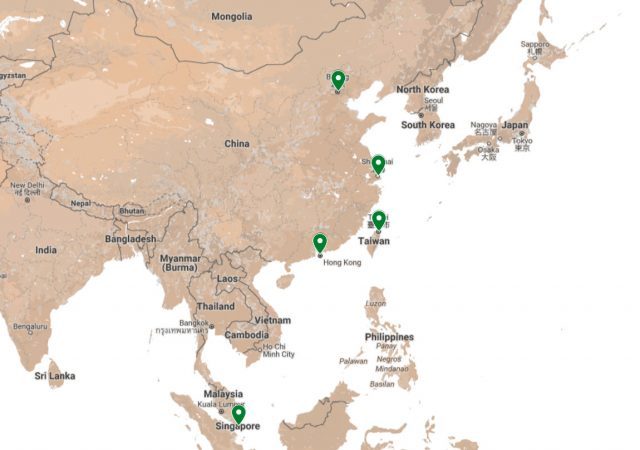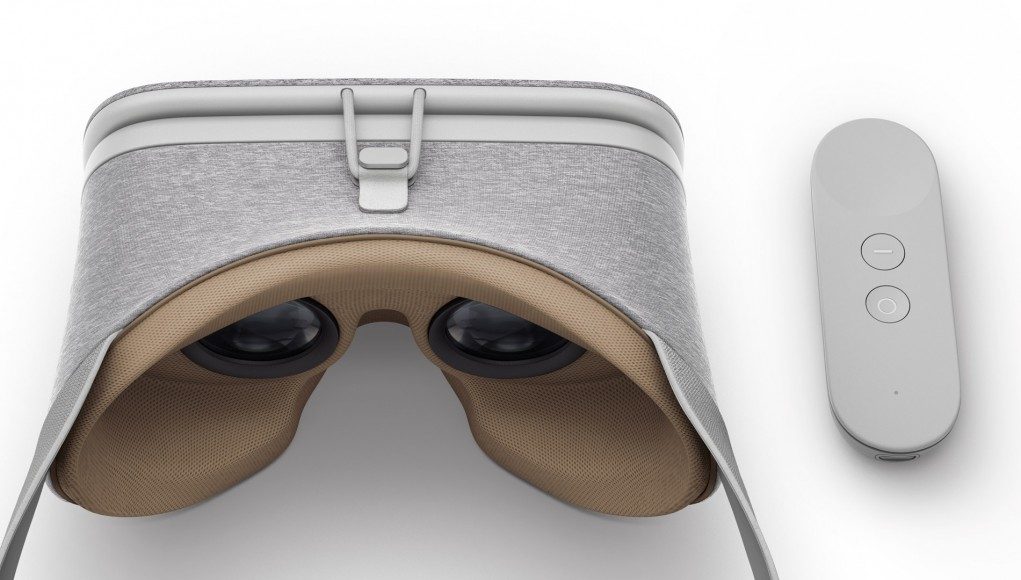Google first started its venture into virtual reality with Google Cardboard back in 2014. Since then we’ve seen the company’s ambitions in VR and AR continue to grow with the introduction and launch of the Daydream headsets in 2016, and new standalone Daydream headsets coming later this year. A look at the company’s job listings so far this year reveals Google’s expanding commitment and investment in VR and AR.
Google is continuing to grow its AR and VR teams and shows no signs of stopping any time soon. Road to VR has assembled data showing that so far in 2017 the company has listed an average of six new job postings per month—either explicitly for the AR/VR team, or in tangential roles—totalling 49 new listings in the first eight months of the year.
 March has seen the highest number of listings so far this year (10), with February trailing closely behind (9). Those two peak months were not long before the company announced in May the next major initiative of its Daydream VR program: standalone Daydream headsets soon to come from HTC and Lenovo. New job listings have peaked again this month, with nine new job listings and a little more than a week left in the month.
March has seen the highest number of listings so far this year (10), with February trailing closely behind (9). Those two peak months were not long before the company announced in May the next major initiative of its Daydream VR program: standalone Daydream headsets soon to come from HTC and Lenovo. New job listings have peaked again this month, with nine new job listings and a little more than a week left in the month.
It isn’t just the job numbers that tell an interesting story, but also the contents of the listings. Of particular interest, In March, Google listed five new jobs seeking ‘Daydream AR/VR Business Program Managers’ based in major tech hubs of Southeastern Asia, hinting that the company plans to make big moves in the region where VR is seeing some of its most broad adoption.

If Google’s hiring trend seen so far in 2017 continues, the company should add about 73 new AR/VR job listings over the course of the year. As the company fills those roles, it represents millions in additional investment into AR and VR activities in salaries alone, not counting other costs relating to product development and deployment, or existing members of the AR/VR team, which we expect is at least as big as the number of new job listings to far this year.
Though Google has already announced their work on standalone Daydream headsets, their continued hiring suggests they have big plans yet in store for AR and VR, and are preparing for increasing momentum in the sector.
The job listings alone are likely unrepresentative of the total growth of Google’s AR/VR team as they fail to account for both internal recruitment and acquihires. For instance, Google tapped their existing VP of Product Management, Clay Bavor to head the VR team in the first place, and the company has acquired Skillman & Hackett, Thrive Audio, and Owlchemy Labs, specifically for AR/VR talent and tech.
When we asked recently how big the company’s AR/VR team is, Bavor artfully dodged, “big enough to do some really interesting things.”







